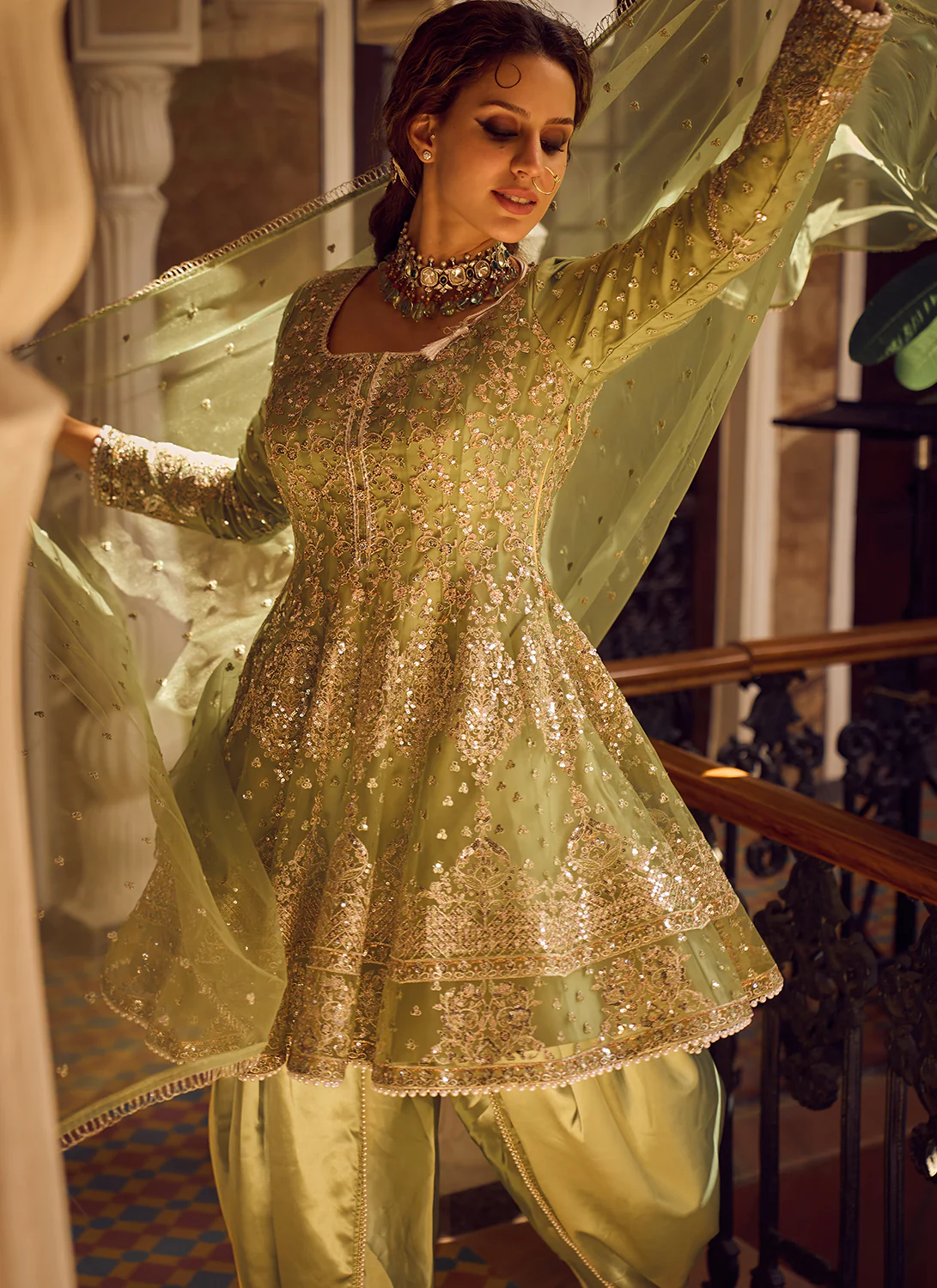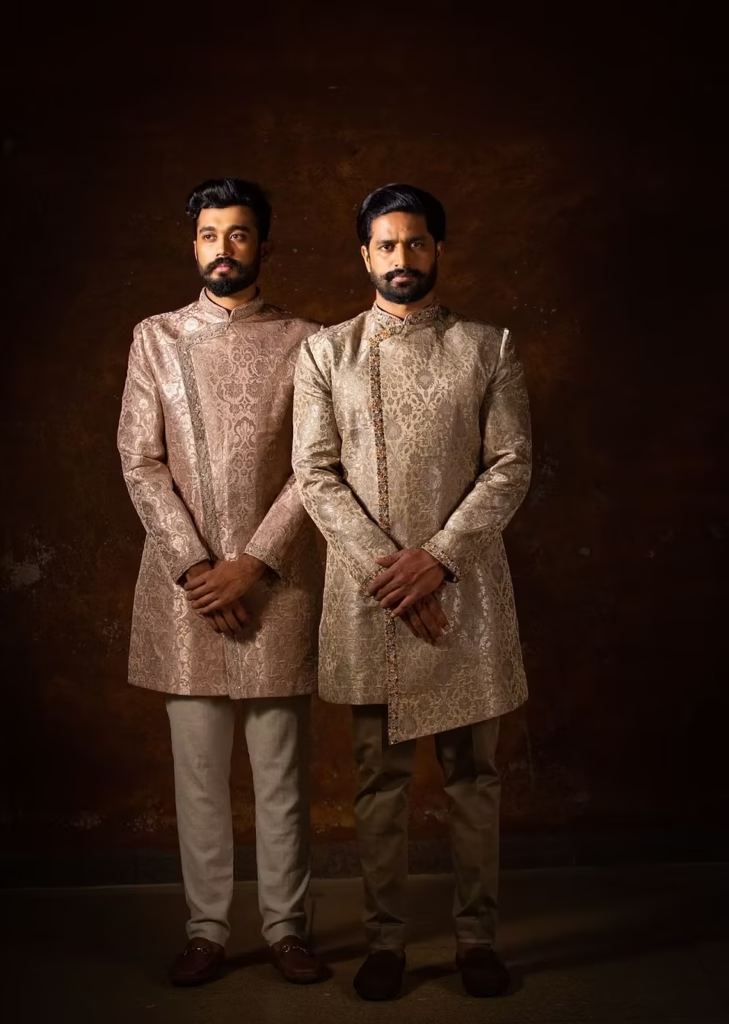Ethnic wear is more than just clothing—it’s a reflection of cultural identity, heritage, and timeless tradition. Across the globe, every region has developed its own distinctive form of attire that showcases its history, values, and creativity. In countries like India, Pakistan, Bangladesh, and parts of the Middle East, ethnic wear plays a vital role in both everyday life and special occasions. But what exactly falls under the broad umbrella of “ethnic wear”? In this comprehensive guide, we’ll break down the many forms of ethnic clothing, explore its significance, and explain why it continues to influence global fashion trends today.
The Essence of Ethnic Wear
Ethnic wear refers to traditional clothing styles that originate from specific cultures or regions. These outfits are often designed with unique fabrics, embroidery, patterns, and silhouettes that carry deep cultural meanings. In South Asia, for instance, ethnic wear is commonly seen in the form of saris, salwar kameez, lehengas, kurta-pajamas, and sherwanis. These garments are not just fashion statements—they symbolize traditions passed down through generations and are often worn during festivals, weddings, and religious ceremonies.
One of the defining characteristics of ethnic wear is its versatility and richness in design. From intricate zari work and mirror embroidery to hand-block printing and vibrant dyes, these garments reflect the artistic legacy of various communities. The colors, cuts, and textures vary based on geography and local customs, creating a wide range of traditional outfits that suit different occasions and climates. For example, the lightweight cotton sarees of Bengal are perfect for humid weather, while the heavily embroidered phulkaris of Punjab are ideal for winter festivities.
Moreover, ethnic wear has evolved to incorporate modern elements without losing its traditional charm. Contemporary designers often experiment with fusion styles, blending Western cuts with traditional fabrics and patterns. This trend has made ethnic clothing more accessible and stylish for the younger generation while still preserving cultural authenticity. As a result, ethnic wear continues to thrive both in local communities and on global runways.
Types of Ethnic Wear for Women
Women’s ethnic wear offers an astonishing variety of options, each with its own significance and beauty. The sari, perhaps the most iconic Indian garment, consists of a long piece of fabric draped elegantly around the body, paired with a fitted blouse and petticoat. Saris come in countless variations, from the luxurious Banarasi silk to the minimalist Kerala cotton, each representing a specific region and weaving tradition. They are commonly worn during weddings, festivals, and religious events, embodying grace and cultural pride.
Another popular outfit is the salwar kameez, which consists of a tunic-style top (kameez), a pair of loose-fitting trousers (salwar), and a matching scarf (dupatta). This outfit is favored for its comfort and practicality, making it a staple in everyday wear for women across South Asia. It can be styled in numerous ways, from simple cotton sets for daily use to heavily embellished versions for formal occasions. Variants like the churidar (tight-fitting pants) or palazzo-style salwars add even more diversity to this category.
The lehenga choli is typically reserved for special events like weddings and festivals. It consists of a flared skirt (lehenga), a fitted top (choli), and a dupatta. This ensemble is known for its extravagant designs and luxurious fabrics, making it a popular choice for bridal wear. Designers often incorporate sequins, beads, zardozi, and mirror work to create stunning pieces that reflect both traditional and modern aesthetics. Lehengas are deeply rooted in North Indian culture but have gained popularity across various regions and communities.
Types of Ethnic Wear for Men
Men’s ethnic wear may seem more understated, but it holds equal importance in cultural representation and style. The kurta-pajama is one of the most common traditional outfits for men. A kurta is a long tunic worn over straight-cut or slightly tapered pants called pajamas. This outfit is widely worn during festivals, family gatherings, and even as casual home wear. It’s comfortable, breathable, and comes in various fabrics like cotton, linen, and silk, making it suitable for different seasons and events.
For more formal occasions, men often wear the sherwani, a more structured and ornate version of the kurta, typically worn with churidar pants or a dhoti. Sherwanis are a popular choice for weddings, especially for grooms, and are made using luxurious fabrics like brocade, velvet, or jacquard. They are often embellished with embroidery, buttons, and accessories like turbans and stoles, adding a regal touch to the look. The sherwani has Mughal roots and continues to be a symbol of elegance and sophistication.
Another noteworthy item is the dhoti-kurta, a traditional outfit especially popular in Eastern and Southern India. The dhoti is a rectangular piece of cloth wrapped around the waist and legs, and it’s usually paired with a simple kurta. Though considered more traditional and sometimes reserved for religious or cultural functions, the dhoti has also been modernized in recent years. Designers now offer pre-stitched versions or style it with contemporary shirts and jackets to appeal to fashion-conscious men.
For more such Articles, visit https://ethnicreation.in/punjabi-wedding-rituals-step-by-step/



